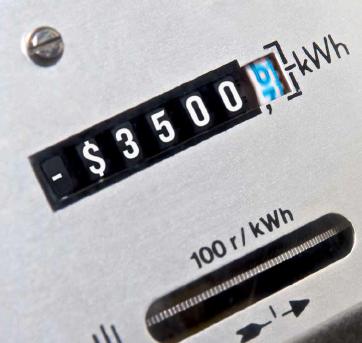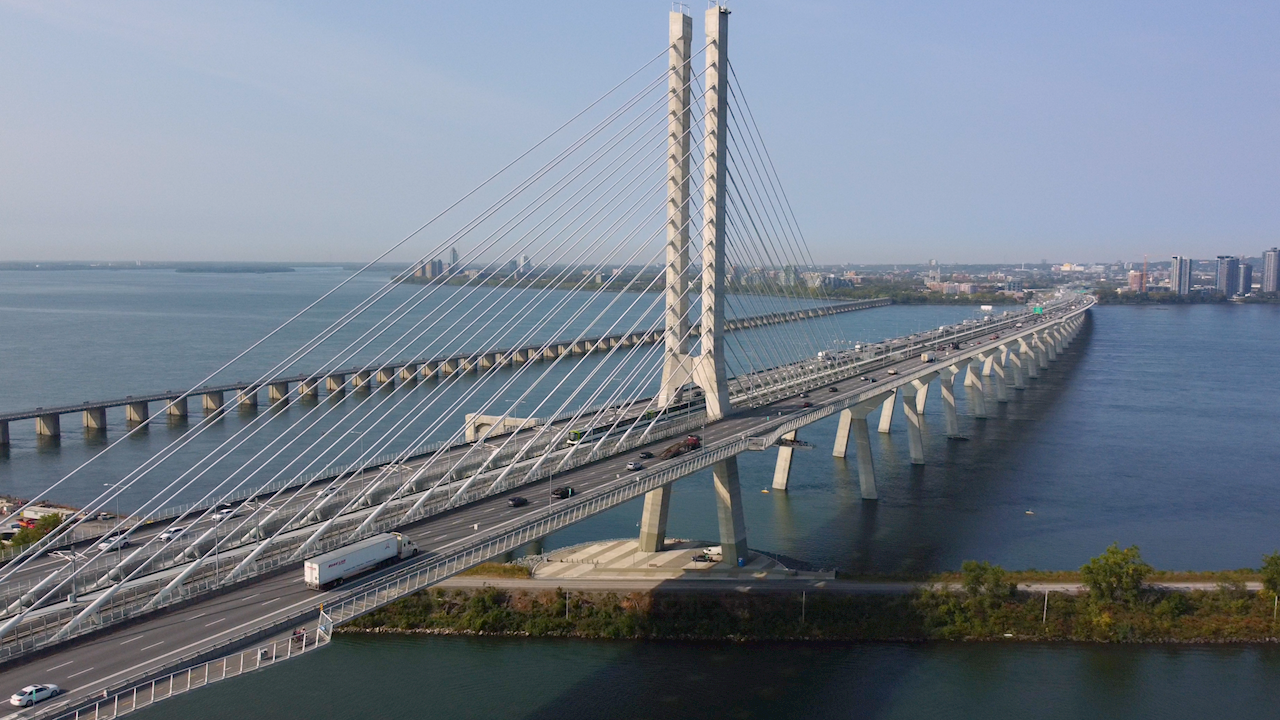
Tremendous savings can be made on the cost of energy when customers band together to bid down the price, says Jeffrey D. Hiatt, and there are other ways to save, too.
In today’s economic climate, it’s vital to reduce expenses without impacting operations or service. In this regard, business owners in states where deregulation exists have an ace up their sleeve in the form of ‘reverse energy auctions’.
Reverse energy auctions enable businesses to band together to pool their demand for energy into one buying entity. So, instead of being one small company that uses 20,000 kwh per year, they become several totaling tens of thousands, hundreds of thousands or millions.
Once together in a “pool”, their collective volume of energy needs is auctioned off via a 15-minute reverse auction conducted online with vetted deregulated suppliers licensed in their state. In this kind of auction, the starting price is the current rate for power and the bids by electricity suppliers can only go lower, translating into savings on energy bills just by participating.
So, how much can a small business save via reverse energy auction? Well, savings will always be in direct proportion to how much your business uses—the more you use, the larger the savings. A great example of how reverse energy auctions can work occurred in Massachusetts and New Hampshire over the past few years.
In eastern Massachusetts, approximately 6,000 commercial and industrial accounts banded together to form a buying pool for a reverse energy auction. Over the years, the level of savings has ranged from 15 to 22 percent. Recent auction results have provided results at 10-year lows.
Modeling what was done in Massachusetts, approximately 250 businesses in the southern New Hampshire area joined forces to create a group called “Rochester Buying Power”. As a result of their participation in a successful reverse energy auction, many members of Rochester Buying Power are now saving anywhere from $200 to $3,500 per month on their utility costs.
To give you an idea of the scope of those savings, had each business chosen just to pay its electric bill on its own, it would have paid the standard rate of $.0831 per kilowatt. By joining forces with other businesses and forming a pool of 25-million kilowatts, these businesses were able to receive a rate reduction of around 20 percent versus the utility supply price!
Beyond the greater savings, the reverse energy auction enables businesses to plan and budget better since the energy purchase is made for the entire year. So, instead of rolling with the uncertainty of a variable rate, businesses are locked in at a fixed rate and can fairly accurately project their future energy costs. This budget stability is a major benefit for high energy users such as manufacturers, large office building owners and hotels.
Another benefit of the reverse energy auction is the internet-based system through which it is conducted. This system enables customers to track utility information and manage their account more easily and efficiently.
Perhaps the greatest appeal of the reverse energy auction is the lack of risk. Reverse energy auctions have a built-in safety valve that protects participants from paying more than the going rate for electricity. For example, back to Rochester Buying Power, if the reverse energy auction price was the current rate, $.0831 per kilowatt, the results of the auction would have been thrown out. Through the aggregation, we ensure the most competitive pricing available. It is not a question of “Will I save money?” it is, “How much will I save?”
In the three years since Rochester Buying Power has been in existence, the group members have enjoyed savings ranging from seven percent to this year’s 20+ percent. In Massachusetts the buying coalition has enjoyed similar success.
While this may seem like only a win for small businesses, it benefits power suppliers as well. The suppliers covet major power users and strive to earn their business. By aggregating several regional, major energy users and forcing the suppliers to make their most aggressive offer, it creates a win-win for all.
Other cost saving measures
Besides reverse energy auctions, there are other cost-saving measures businesses can take. Specifically, commercial property owners in the US who have at least 50,000 square feet of space should conduct energy audits in order to take advantage of the 179D Energy Efficient Commercial Buildings Deduction.
Although most green deductions are based on the amount spent, this tax deduction is primarily focused on affected square footage. Most obvious candidates include manufacturers and regional or national chains with multiple locations. This legislation offers a tax deduction of up to $1.80/square foot to those investing in energy-efficient improvements placed in service after January 1, 2006. The program has been extended to December 31, 2013.
A wide range of improvements, from simple lighting retrofits to full-scale construction projects qualify for this timely tax break. Eligible improvements must reduce energy use for any of the following categories: a building's envelope, HVAC (heating, ventilation, & air conditioning), and/or interior lighting systems.
Tax savings can be significant. For example, an owner of a 50,000 square foot building could achieve a deduction of $30,000 for improved lighting, $30,000 for more efficient HVAC and another $30,000 for tightening up the envelope of the building. That is a total of $90,000 in additional deductions.
The basis for this deduction is a detailed engineering analysis, as prescribed by the IRS. The process for obtaining the 179D deduction requires a detailed analysis that must be certified by a qualified third party. Typically, energy audit professionals possess the appropriate credentials. If your goal is specifically to take advantage of this deduction, be sure to ask the company you’re looking to hire for its certifications and for references.
Business owners and commercial property owners need every advantage they can get. Reverse energy auctions and the 179D deduction are two vehicles that can help level the playing field and provide unexpected monies for business owners to keep their businesses viable.












